Preservation of cultural heritage: “Human” technology in the digital era
Dr. Anna Lobovikov-Katz
Israel Institute of technology
Abstract
The revolutionary development in digital theory and technology calls for non-trivial decisions in bridging between the virtual and real, between STEM (Science, Technology, Engineering and Mathematics) and humanities and arts subjects and themes in education, research and application. The field of conservation of cultural heritage provides various challenges, especially with regards to learning, study, investigation and documentation of tangible heritage through applications of intangible ICT technologies. Linking between the advanced methods and techniques, and between the areas which has been traditionally associated with humanities and arts can be helpful in modern research and application in diverse areas.
The interaction between e-learning, and the actual on-site learning and study of historic buildings and sites, with an emphasis on their visual characteristics, has been enabled and implemented in EU project ELAICH, and some other selected activities. Integration of two interconnected areas: visual disciplines through their wide spectrum (incl. descriptive geometry, perspective, freehand drawing, painting), and conservation of cultural heritage, and especially between the visual and the material-technological aspects of the latter, has been applied by author for “research by education”, to contribute to preservation of cultural built heritage, enriching it through my inter-disciplinary visual insight into the heritage conservation equilibrium.
Visualisation has been widely known for its uses in STEM, and its contribution to learning has been shown in recent research. Drawing is considered by many researchers as indispensable for visual thinking, while at the same time, it contributes to visual skills, which are the key to success in STEM. RALEMEFS Methodology, developed by author, makes traditional human technologies of visual analysis accessible to any researcher, scientist, engineer and architect.
Bio
Head and initiator of the first EU project under the Technion leadership, – a project in cultural heritage conservation education, Dr. Anna Lobovikov-Katz combines arts, science and technology in her research and teaching. Her educational, research, professional and public activities have been linked more than twenty years to historic preservation (conservation) of cultural (built) heritage, through its diverse multi- and interdisciplinary aspects, as well as to different areas of graphic study and representation theory and practice, and their applications to the conservation of built heritage (e.g. mapping of conservation data, etc), visual arts and design; e-learning in conservation of cultural heritage. She is active in other national and international research projects, has organized and chaired international symposia on conservation of built heritage; served as an evaluator for international research programs, peer-reviewed journals, member of international conservation forums and scientific committees; gave invited talks and published scholarly papers, joined and promoted international initiative of heritage conservation experts on inclusion cultural heritage theme in HORIZON 2020.
Her education and present activities link between the visual and the technological: from studies at the Academy of Arts in St. Petersburg, to MSc. and Ph.D. from the Technion – Israel Institute of Technology (in conservation of built heritage, urban conservation); from research on deterioration and conservation of stone to the development of teaching methodologies in heritage conservation, descriptive geometry and arts , which she applied in her university courses in Israel (Technion), Italy, Malta, etc..
Her paintings have been shown at solo and juried exhibitions in France, Israel, Italy, USA, and she is the recipient of the USA and Israeli awards in fine arts. Artworks of my students were shown at more than 15 exhibitions in Israel, and in other countries (Spain, Italy).
For more information:




